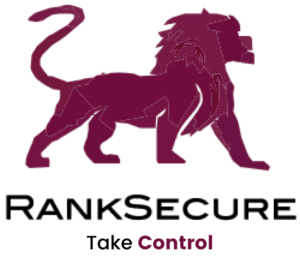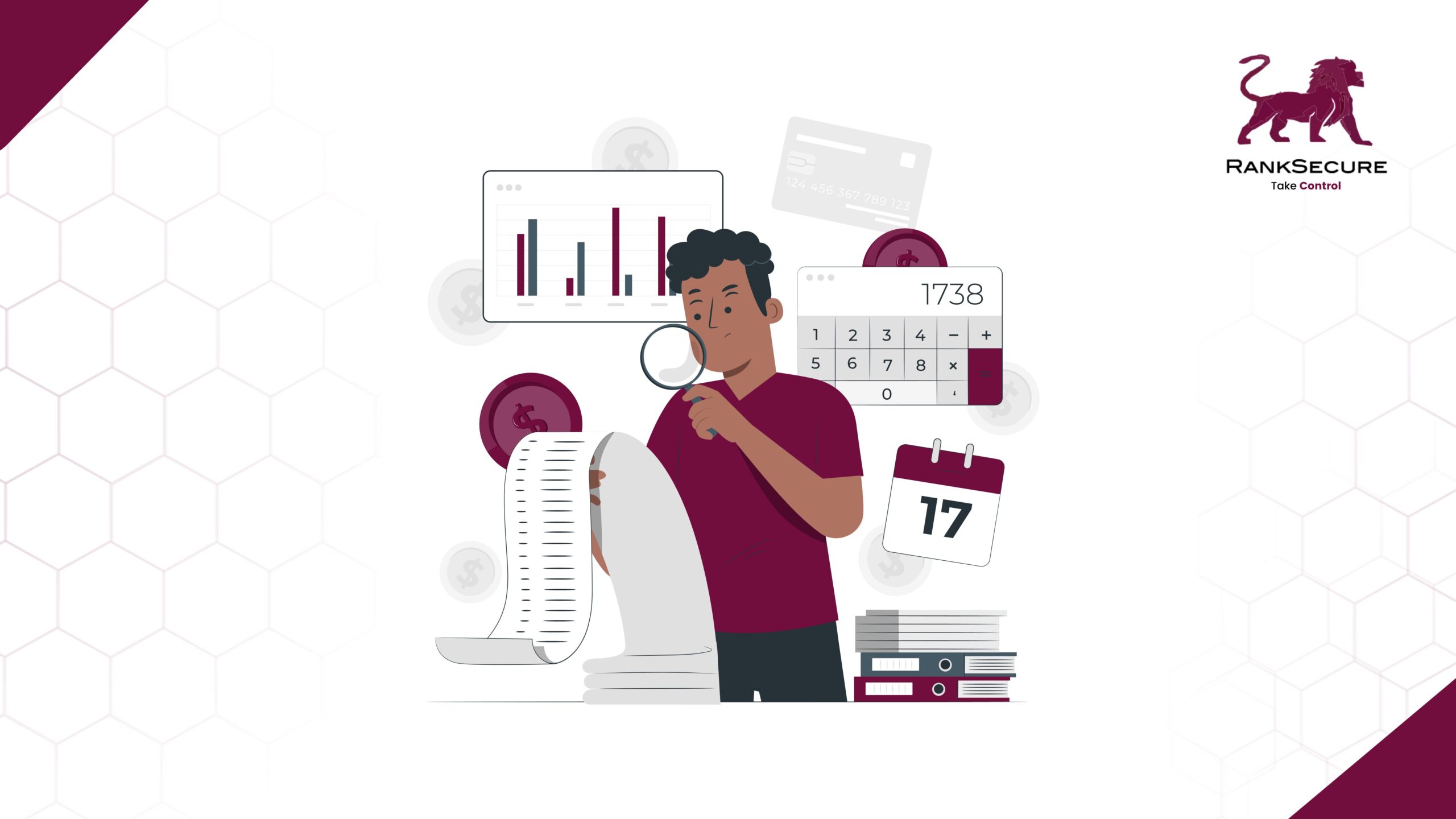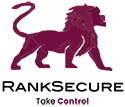How to Implement IT Asset Management for Maximum ROI
Organisations are not breached because their defences failed. They are breached because their visibility did.
In most enterprises, the issue is not that assets are unmanaged. It is that too many are unaccounted for. Legacy systems operating outside policy. Cloud workloads deployed beyond governance. Endpoints that no longer report into central tooling.
The modern IT estate is fragmented by nature. That fragmentation creates blind spots, and these blind spots are routinely exploited by threat actors.
A mature IT Asset Management (ITAM) programme is no longer a cost-saving initiative. It is a foundational control for risk reduction, compliance assurance, and operational resilience. When implemented strategically, ITAM improves incident response, audit readiness, infrastructure efficiency, and visibility at board level.
Yet, in many organisations, ITAM remains under-prioritised and disconnected from wider governance or security frameworks.
Asset Intelligence as a Strategic Function
Asset intelligence is not simply a record-keeping activity. It is a core function that supports risk-based decision-making across IT, security, and finance.
Without a current and complete understanding of the asset estate, organisations face:
- Delays in threat detection and incident response
- Gaps in compliance reporting and audit preparation
- Increased operational costs due to underutilised or redundant infrastructure
- Difficulty scaling governance and controls across hybrid environments
Conversely, when ITAM is aligned with business priorities, it becomes a lever for both efficiency and resilience.
Key Priorities for Strategic ITAM Implementation
1. Define Objectives Based on Risk and Business Value
A successful ITAM strategy begins with clear objectives. These should be aligned to outcomes such as:
- Reducing cyber risk through asset visibility and control
- Improving audit performance and demonstrating
regulatory compliance - Optimising IT spend through informed lifecycle management
This alignment ensures that asset management efforts support broader governance and performance goals.
2. Establish a Unified, Real-Time Asset Inventory
Organisations must maintain a single, accurate view of all hardware assets, including:
- On-premises infrastructure and remote devices
- Cloud-connected hardware and virtual environments
- Assets across geographically dispersed locations
Manual tracking methods cannot deliver this reliably or at scale. Continuous, automated asset discovery is essential.
Introducing IPM+: Enterprise Asset Management at Scale
This is where a purpose-built platform such as IPM+ becomes essential.
IPM+ is a smart hardware asset management solution that offers complete visibility and lifecycle control across your entire infrastructure. It supports both on-premises and cloud environments, and is compatible with Windows and Linux systems.
Unlike generic inventory tools, IPM+ combines asset tracking with compliance monitoring, performance management, and security integration, all within a single platform.
It is designed for enterprises that require governance-ready oversight, detailed reporting, and seamless scalability.
3. Classify and Contextualise Assets
All assets should be categorised based on their business function, data sensitivity, lifecycle stage, and exposure level. This enables:
- Risk-based prioritisation of security controls
- Informed decisions on patching, replacement, or retirement
- Smarter allocation of resources
With IPM+, asset classification is supported through geo-tagging, automated self-certification, and detailed tagging for ownership and usage.
4. Integrate ITAM with Security and Compliance Operations
Asset data must feed directly into security systems and governance workflows. Integration with the wider security stack is crucial, including:
- SIEM platforms and log analysis tools
- Vulnerability management systems
- Identity and access control platforms
- Incident response procedures
IPM+ includes built-in capabilities such as SIEM (for Windows), continuous vulnerability scanning, remote remediation, and two-factor authentication enforcement.
5. Apply Governance Across the Asset Lifecycle
ITAM should cover the full asset lifecycle, from procurement through to decommissioning. This includes:
- Structured onboarding and provisioning
- Active maintenance and performance monitoring
- Contract, warranty, and AMC tracking
- Secure, auditable decommissioning
IPM+ supports these through maker-checker workflows, QR code tracking, maintenance alerts, and detailed lifecycle dashboards.
6. Automate Oversight, Reporting and Compliance
Automation reduces the risk of oversight and improves responsiveness. ITAM systems must deliver real-time insights and audit-ready documentation across stakeholders.
With IPM+ you get:
- Over 100 downloadable reports
- Weekly and monthly performance summaries
- Custom dashboards tailored to user roles
- Real-time policy and compliance status across departments
Quantifying the ROI of Strategic ITAM
The benefits of modern ITAM are not theoretical. Organisations that implement structured, intelligence-driven asset management often report the following:
- Significant reductions in untracked or misclassified assets
- Up to 30% savings in software costs through license reallocation
- Improved incident response metrics and lower MTTR
- Fewer audit findings and reduced compliance effort
- Avoidance of unplanned downtime and emergency hardware spend
These gains are achieved through cost control, tighter alignment between IT operations, cybersecurity, and business risk management.
A Smarter Approach to Enterprise Asset Management
IPM+ is built to support organisations that treat ITAM as a strategic function. It brings together automated discovery, real-time monitoring, compliance enforcement, and performance analytics into a single platform.
It is already trusted by more than 1000 customers, deployed across 26,700+ offices, and actively managing 6+ million devices worldwide.
Take the Next Step
If your organisation is still relying on spreadsheets, outdated tools, or fragmented asset records, it is time to rethink the role of asset management.
IPM+ gives you the intelligence, control, and insight to manage infrastructure with confidence.







